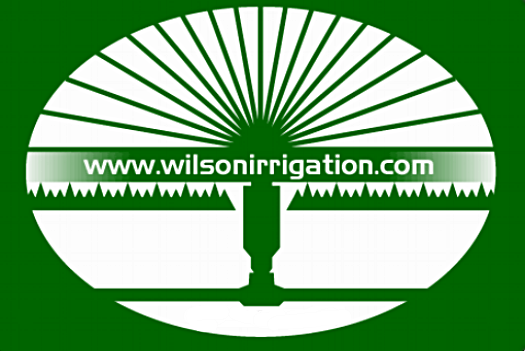Reliability
We use only proven products from the most reputable manufacturers. We do not select parts because they are "on sale" or cost less. Our experience indicates that low price components create low quality, unreliable systems. We select the components for your irrigation system based on your specific needs, landscape, and future plans.
Questions about reliability typically center on the equipment used; however, equipment is only one factor involved in an irrigation system's reliability and lifespan.
Some of the other factors affecting reliability are:
Layout of Heads
Correct head spacing is critical to the effectiveness of an irrigation system. Each manufacturer of irrigation equipment provides head spacing instructions so that irrigators can determine the correct layout for the equipment being used. Proper spacing of heads provides uniform distribution of water and precipitation rates based on the specific needs of a landscape.
Improper spacing between heads can lead to:
Dry Spots
Non-uniform watering
Waste of water
Water Pressure and Velocity - housing growth
As the Central Texas area continues to grow, so too will the demand for water. Utilities are often constructed before or during growth periods; therefore, the water pressure at a given property may fluctuate from high to low.
Low Pressure
If an irrigation system is installed while water pressure is at the low stage, great care must be taken to ensure adequate pressure and flow (gallons able to be delivered). This is necessary to operate the system at an efficient level. Improper planning for low water pressure will result in inconsistent and uneven water delivery (even when high-quality equipment is used and proper spacing is employed). When this occurs, the property owner must over water certain areas to provide coverage for "dry spots". This wastes a significant amount of water and money.
High Pressure
If an irrigation system is installed while the water pressure is at the high stage, special methods must be used to limit the pressure so that the irrigation system operates efficiently. Irrigation systems typically operate at pressures ranging from 30 PSI to 60 PSI.
If the water pressure exceeds the limit of the head, "misting" will occur. Misting is also referred to as fogging. Misting heads can cause 20–40% of your water to simply drift away from the landscape area. Improper pressure regulation can dramatically increase the long-term cost of operating your irrigation system, as longer run times will be required to deliver the proper amount of water to your landscape.
Water Velocity
Irrigation system components and piping are rated for specific water velocities. The velocity is the speed of the water going through the system. Five feet per second is the maximum allowed velocity for most components. Water velocity is a function of water pressure, piping dimensions, and friction loss as water travels through the irrigation system. If an irrigation system is installed with water velocity exceeding five feet per second, the piping and system components will deteriorate substantially faster than normal. This will lead to excessive maintenance costs and will shorten the life of the system.
Abuses of the velocity rule are a common feature in systems that have high water pressure, smaller piping and fewer valves than necessary.
In any installation, water pressure, flow rate, water velocity and potential housing or utility growth must be addressed to ensure that your system will continue to function properly and efficiently in the future.



